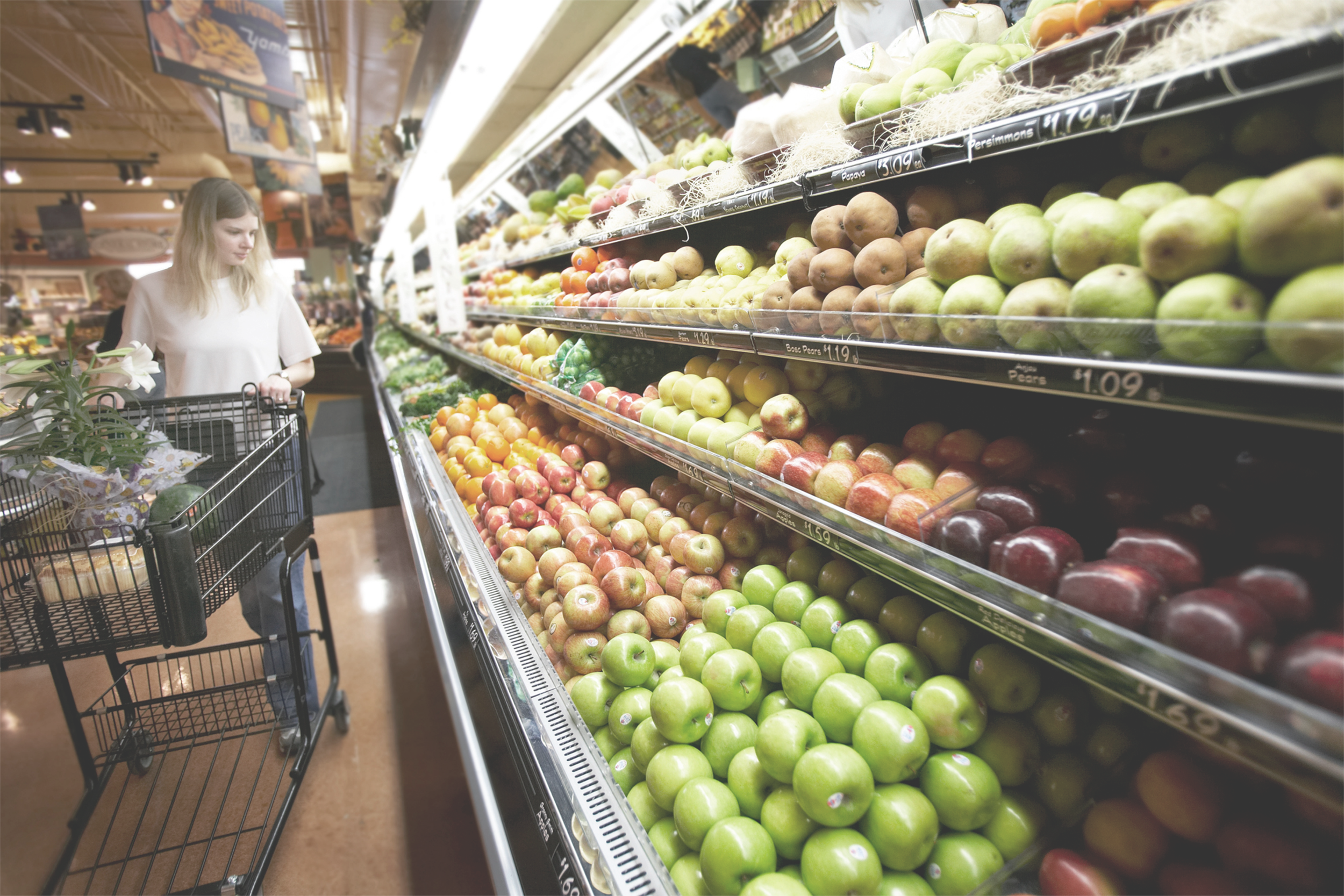
Shop & Scan Project
Background
We set out to understand how current employee operated checkouts and self-checkouts are meeting customers’ needs. We were able to provide a more user friendly and timely self-checkout experience for on-the-go shoppers.
User Research
Methods used:
Survey, heuristic evaluation, and informal observation
Tools used:
Google Forms, Google Sheets, SPSS, Xtensio, A-Z Screen Recorder
To collect a wide range of shoppers experiences, we designed a survey and received 94 responses. From that data we uncovered the following insights about shoppers:
85%
shop for groceries at least once a week.
40%
use self-checkout systems on a regular basis.
63%
choose self-checkouts over a traditional checkout.
We also uncovered the following user motivations and pain points with self-checkouts:
I like that you don't have to talk to anyone.
I hate waiting in long lines to check out.
The bagging alert is ridiculous.
Information Architecture
Our research led us to build an information architecture that integrated a mobile application with an improved kiosk checkout interface.
Prototyping and Testing
Methods used:
Sketching, usability testing, iteration
Tools used:
Axure and Adobe Illustrator
As a team we created a mid-fidelity prototype for the mobile application and conducted 5 usability tests, where we discovered the following improvements:
Participants were confused by the flow of the the mobile application.
Some elements of the mobile application were not seen useful to users.
Most users felt like there was “too much going on” within the application.
Our usability studies led to a much more simplified version of the mobile application. It was also through this testing that we came up with the concept to have a planning mode versus a shopping mode.

